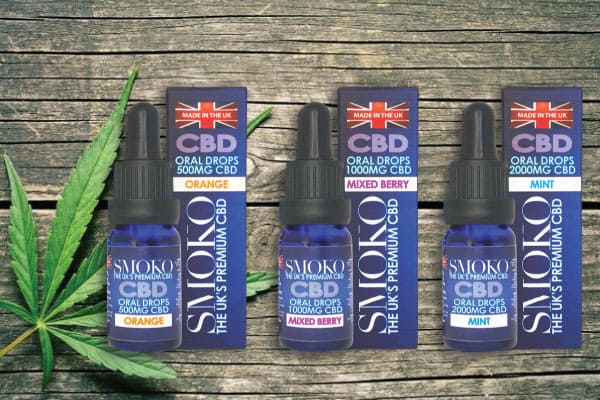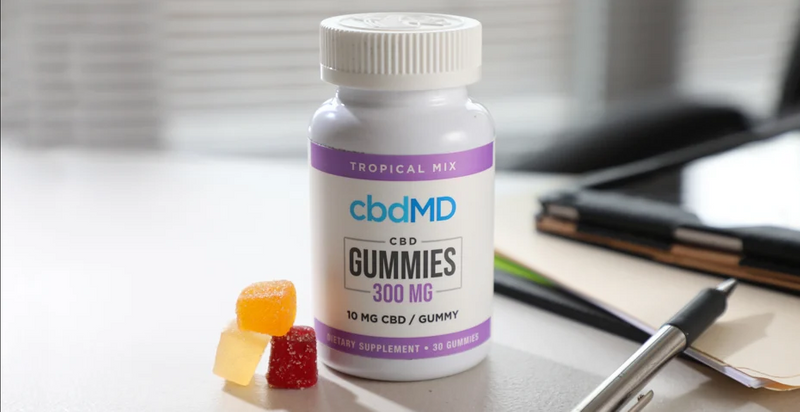The N95 mask is the most popular mask that meets United States government standards. The face masks are tested to reduce exposure to airborne contaminants by NIOSH – the National Institute for Occupational Safety and Health.
N95, N99, & N100. These filters are not to be used with oil aerosols. These should be used in environments exposed to particulates that do not contain oil & the n series- respirators can be reused multiple times.
R95, R99, & R100. These filters are oil resistant & are one-time use masks.
P95, P99, & P100. These filters are oil-proof. These respirators can be used in any environment exposed to hazardous particulates. The p- respirators are subject to time of use limitations.
The filter efficiency number refers to the percentage of airborne particulates removed in testing: 95%, 99%, and 100%. If a mask is NIOSH approved, it will have a stamp of approval class printed on the respirator.
NIOSH-approved masks also come in different sizes, and a well-fitting mask is vitally important. When test-fitting an N95 mask or other particulate respirator masks, follow these easy steps:
- Press the mask (respirator ) firmly against the face with the outside nosepiece on the bridge of your nose.
- Stretch and position the top headband on the back of your head above your ears. Place the other one over your head and set it below your ears.
- With both hands, mold the metal nosepiece to the shape of your nose.
- To test fit, cup both hands over the respirator and exhale vigorously. If air flows around your nose, tighten the nosepiece: if air flows around the edges of the respirator, reposition the headbands to fit better and test again until there is no air leakage.
Before choosing the right mask, it is also suggested that you speak with experienced industrial safety personnel about an assessment of your particular environment.




